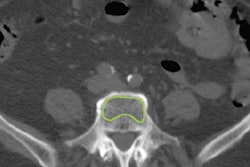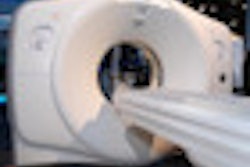People who develop recurrent kidney stones have more calcium in their arteries on CT scans, which may explain their increased risk of heart disease, according to new research published in the Clinical Journal of the American Society of Nephrology.
The CT study of more than 100 individuals with recurrent kidney stones also found that these individuals have lower calcium levels in their blood (Clin J Am Soc Nephrol, January 29, 2015).
Researchers from University College London and Shaare Zedek Medical Center in Israel hypothesized that the heart problems seen in individuals who have had kidney stones might be tied to abnormal calcium deposits in their blood vessels, since calcification is an important risk factor for cardiovascular disease and death.
CT was used to evaluate the calcium deposits in 111 participants, including 57 with a history of recurrent kidney stones and 54 who were healthy controls.
Individuals with more kidney stones had more calcifications in the abdominal aorta, and less bone density, the authors reported. Vascular calcification often occurs with bone loss, suggesting a relationship between the two, they said.
Early evidence also suggests that therapies that target osteoporosis may also have a favorable effect on vascular calcification, said lead author Dr. Linda Shavit from University College London in a statement. But more research is needed to confirm that heart disease can be reduced by therapies that target vascular calcification and osteoporosis in patients who have had kidney stones, she added.
The connections between calcified kidney stone formation, bone demineralization, and atherosclerosis should be investigated actively by clinicians and scientists alike, wrote Dr. Eric Taylor from Maine Medical Center and Brigham and Women's Hospital in Boston in an accompanying editorial.
"Future studies will require careful assessment of calcium-phosphorus regulatory hormones and inhibitors of tissue calcification hypothesized to play important roles in the complex pathophysiology of all 3 disease states," he wrote.



















